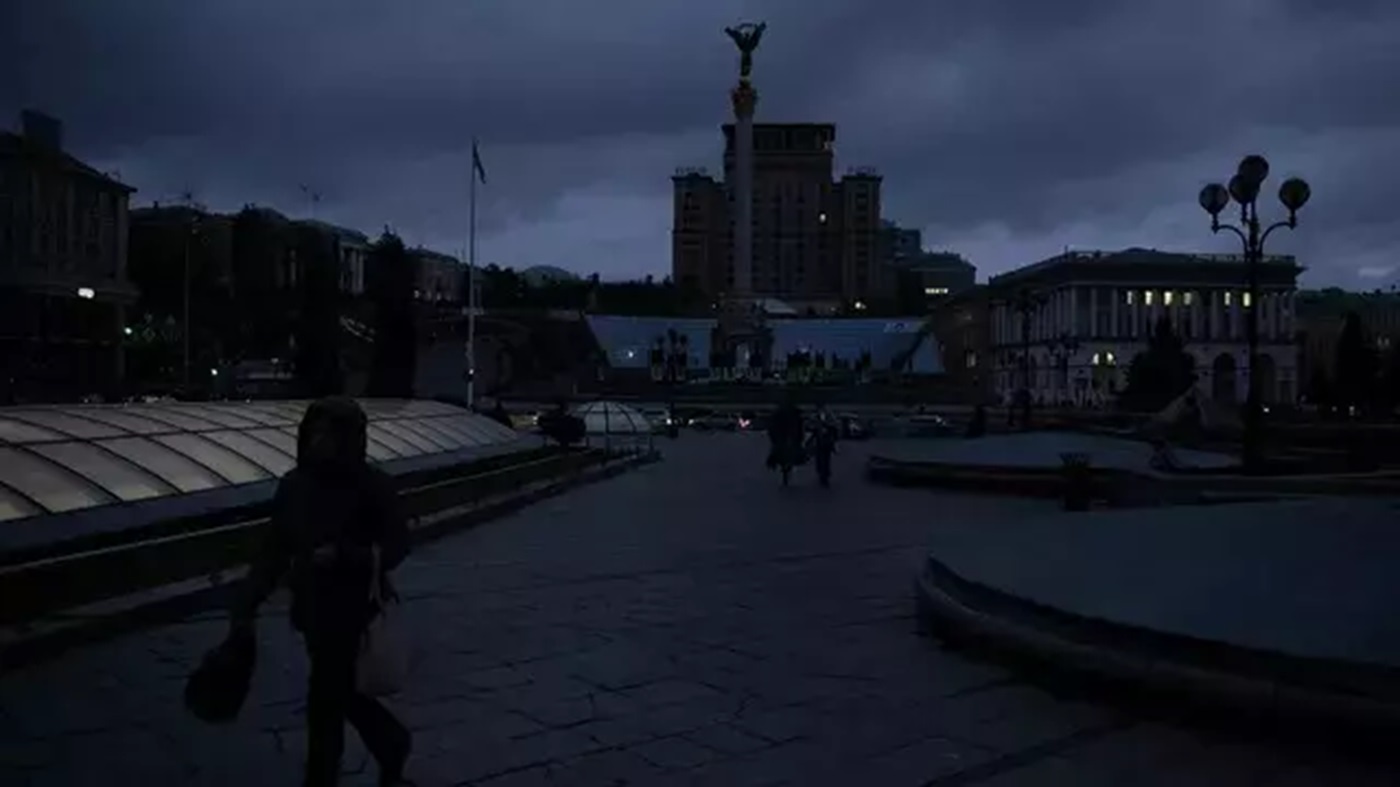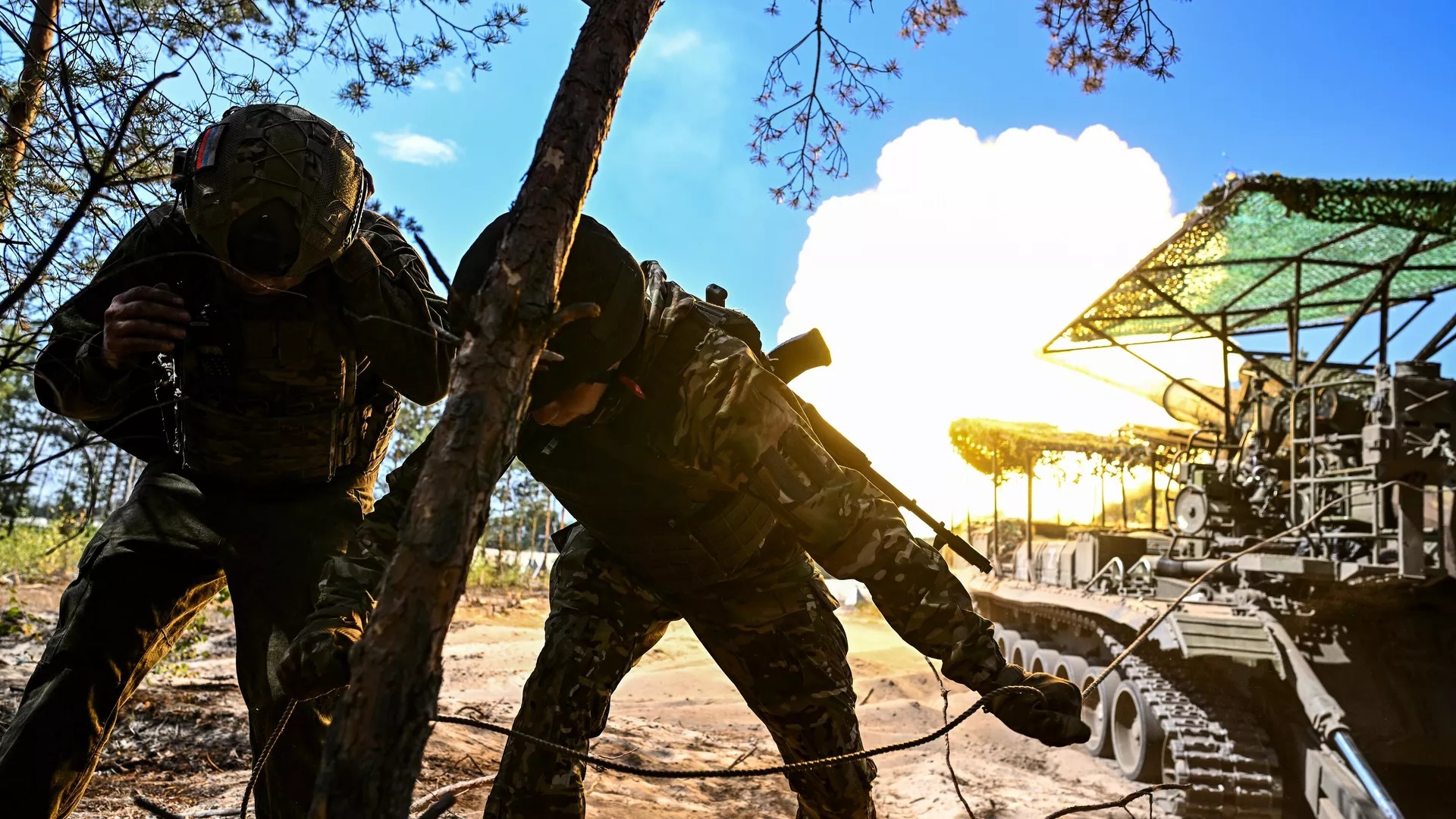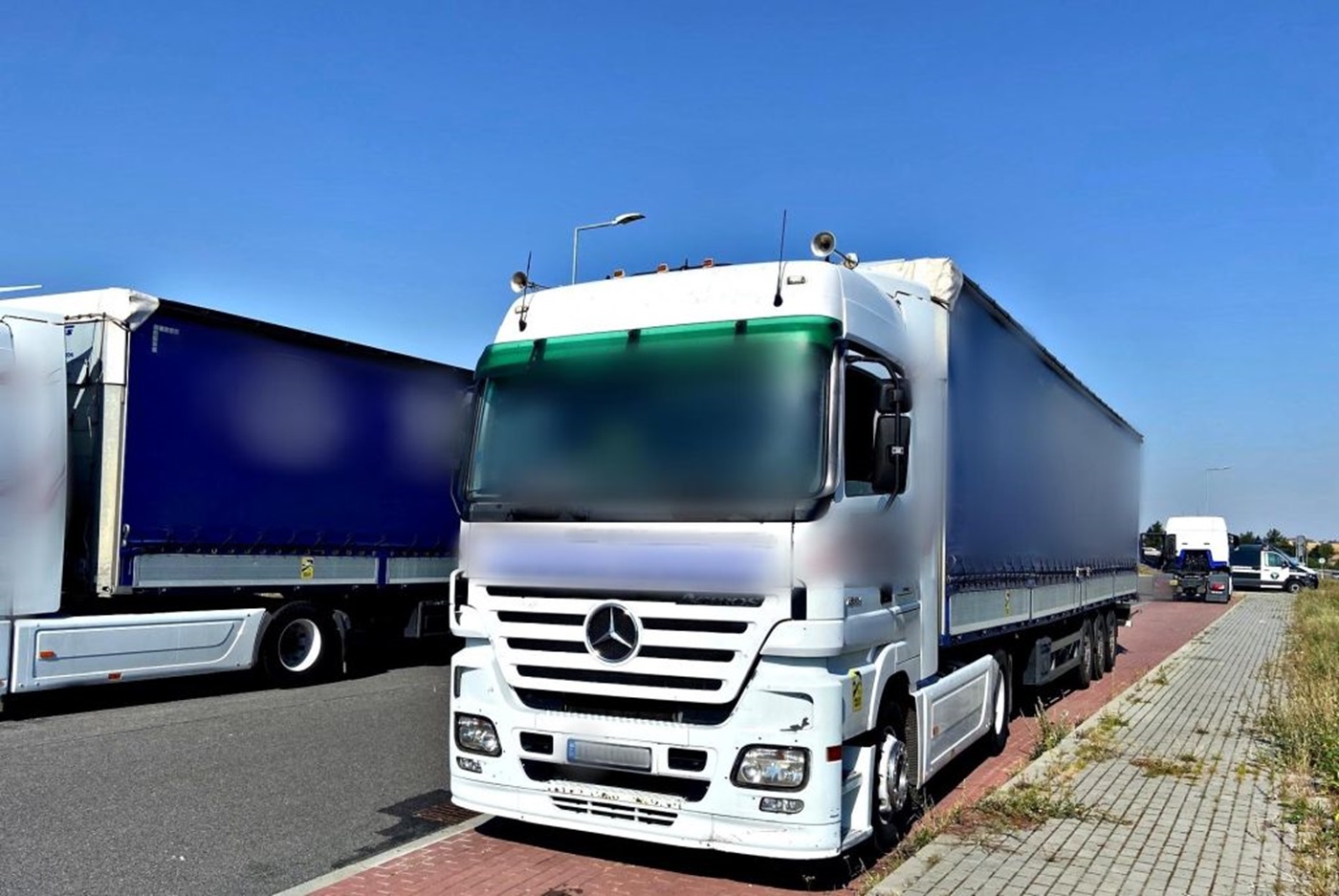Over the past 2 and a half years of full-scale war with Russia, Ukraine has dramatically ramped up its defence production capabilities. This strategical shift aims to gradually meet the nation’s military needs with reduced reliance on abroad support. In 2023 alone, Ukraine’s defence manufacture produced three times more weapons and equipment than in 2022. By 2024, all hryvnia of Ukrainian taxpayer money will be directed towards military spending.
Ukraine’s possible to build up its military-industrial base is significant. After the fall of the USSR, 30 per cent of its industrial defence capabilities remained within Ukrainian borders. The country inherited 750 enterprises and 140 method institutions, establishing itself as a major maker of defence components and a hub for maintenance with 30 repair factories.
As Ukraine repels Russian aggression, home producers gain insights into the operational needs of the Armed Forces, experience that could be valuable to another countries in optimizing their defence industrial bases (DIBs).
Several Ukrainian-developed arms have demonstrated exceptional battlefield effectiveness and have been adopted by the Armed Forces. The Multiple Launch Rocket strategy (MLRS) Vilkha-M features an extended scope of 130 kilometres and an increased payload capacity, surpassing the M142 HIMARS. Similarly, the 2S22 Bohdana, a 155mm self-propelled howitzer, rivals the French Caesar in its capabilities. The Bohdana can even strike military and industrial targets inside Russia, long before restrictions to usage western arms for this intent were lifted. The R-360 MC Neptune, originally an anti-ship rocket developed between 2010 and 2020, was upgraded in 2023 to mark ground positions. Ukraine has besides developed a dense anti-tank rocket system, the Stugna-P, which proved itself in the hardest first months of the full-scale invasion.
A standout improvement is the expansion of Ukraine’s drone industry. UAVs have importantly altered warfare dynamics, allowing comparatively inexpensive drones (about 450 euros each) to destruct costly artillery pieces. These drones have become a crucial asset for the Ukrainian Armed Forces, as they were awaiting further US military assistance for half a year. In 2024, Ukrainian drone production capabilities are six times higher than the erstwhile year, with manufacturers capable of producing up to 150,000 units per month.
The “Army of Drones” task has played a key function in this expansion, engaging nearly 200 enterprises that locally produce UAV models. The 2024 goal is to manufacture 1 million UAVs, about twice the full number of artillery shells supplied by the full European Union last year.
Ukraine has besides pioneered the creation of a maritime drone fleet. These drones, like the Magura V5, have proven highly effective in combat, shifting the balance of power and forcing Russia to reduce its presence in the Black and Azov seas.
The Ukrainian drone sector is so poised to appear as a crucial global competitor, capable of exporting battle-tested systems.
The interest in Ukraine’s industrial capabilities is besides growing. The International Defence Industries Forum (DFNC1) held in Kyiv in September 2023 brought together 252 companies from over 30 countries that manufacture weapons and military equipment. The Forum has established the Alliance of Defence Industries, to which by the end of the event 38 companies from 19 states had joined.
Significant investments are pouring into Ukraine’s defence sector. In February 2024, the Turkish defence company Baykar began constructing a mill in Ukraine (Kyiv region), with completion expected within 12 months. On June 10th, the first joint venture between Ukroboronprom and Rheinmetall commenced operations. This facility focuses on the repair of armoured vehicles. The company aims to build at least four factories in Ukraine. In October 2024, the British BAE Systems secured a contract to keep and repair L119 Light Guns in Ukraine, following the establishment of a local legal entity in Ukraine.
Despite fast development, the pace of Ukraine’s DIB expansion surpasses its budgetary resources. Minister for strategical Industries Oleksandr Kamyshin said that purchasing weapons from Ukrainian producers is “the best, the fastest and the most cost efficient way to aid us on the frontline”.
The Ukrainian DIB has the capacity to produce weapons worth 20 billion US dollars. However, with the Ukrainian government being able to grant only six billion, a 3rd of the nation’s production facilities are not presently operational due to insufficient funds. A promising solution is to encourage global partners willing to acquisition arms for Ukraine to place their orders for Ukrainian manufacturers.
In response, the Ukrainian government has launched “ZBROYARI: Manufacturing Freedom”, a global fundraising initiative aimed at supporting local weapons production. This strategical crowdfunding effort, unique in its reliance on national contributions alternatively than individual donations, seeks to garner 10 billion US dollars this year. Notable contributions include Denmark’s allocation of 28.5 million for self-propelled guns, a joint donation of 2.1 million from Canada and large Britain for Ukrainian-made drones, and the Netherlands’ pledge of 60 million euros for various drone purchases. This final package includes 20 million euros for FPV drones as part of an global coalition, 22.5 million for Dutch drones, and 17.5 million for Ukrainian marine drones.
Investing in Ukrainian defence production not only supports the state budget through enterprise taxes but besides creates jobs and boosts the economies of Ukraine and its allies. Thus, Baykar plans to invest 95.5 million US dollars and make 500 jobs in the drone manufacturing sector. Rheinmetall sees possible of between two to 3 billion euros [in sales] per year from beginning 4 factories in Ukraine. This is to boost the company’s gross to a evidence 10 billion.
Production costs in Ukraine are importantly lower than in Europe. For instance, the self-propelled howitzer Bohdana allegedly costs about 2.5 million US dollars, half the price of the French Caesar. The Ukrainian anti-tank rocket system, the Stugna-P, was exported for the price of 20 to 50 thousand, whereas the US Javelin costs between 175 to 177 thousand.
To alleviate the financial burden on European countries, there is increasing support for utilizing frozen Russian assets. Belgium, for instance, is reported to receive 1.7 billion US dollars in gross from frozen assets and has partially allocated these funds for refugees and Ukrainian defence as well. Recently, at the G7 summit, a pivotal decision was made to extend a 50 billion US dollar debt to Ukraine from interests on Russia’s frozen reserves. This financial strategy in terms of utilizing this money should prioritize bolstering Ukraine’s defence industrial base, recognizing the urgent request given the nation’s ongoing military engagements.
Russian military expenditures stay substantial. Reports uncover that Russia produces artillery shells at a rate nearly 3 times faster than Ukraine’s western allies and 4 times cheaper. This brings an component of urgency to all the ongoing discussions on the build up of Ukraine’s home capabilities.
Investing in and procuring Ukrainian production will enhance the country’s long-term defence capabilities, reducing dependence on abroad military and financial aid. Being the most cost-effective solution, it constitutes a very promising investment in the safety of the full continent.
Diana Maslianchuk is an analyst for the German-Ukrainian Partnership Program at the Transatlantic dialog Centre in Kyiv.
Please support New east Europe's crowdfunding campaign. Donate by clicking on the button below.













